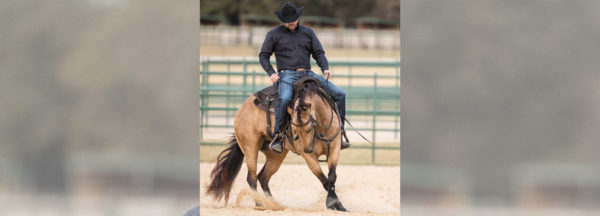The Importance of Warm-Ups Before a Training Session

The first 10 minutes Clinton gets on a horse, he focuses on nothing but seeing where the horse is at for the day and working on making sure he’s soft, supple and relaxed. “There’s not a whole lot you can accomplish with a horse when he’s not mentally or physically prepared for a lesson. A horse that is mentally worried or anxious and stiff and resistant throughout his body is not receptive to learning, and forcing the issue will only create more negative behaviors,” Clinton says.
A good warm-up not only prepares your horse for the lesson, but it’s also a way for you to check in with him and see how he’s doing. “I tell my students that it’s like politely walking up to someone and saying good morning and shaking their hand as opposed to walking up to them and giving them a wedgie,” Clinton says.
The horseman shares more of his thoughts on properly warming a horse up in the Performance Horses: Reined Cow Horses bonus footage video, “Warm-Ups.” No Worries Club members can watch the video by logging on to the No Worries Club website or the Downunder Horsemanship app. To find the video in the app, go to the Performance Horses: Reined Cow Horses video category and select Training Session Two.
